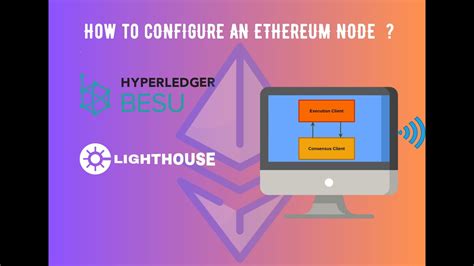بلاگ
Ethereum: How to run bitcoind in a low memory environment
Optimization Bitcoind on Low Memory Devices: Wizard
As the popularity of bitcoins and other cryptocurrencies continues to grow, the need for efficient and light software solutions such bitcoinda is increasingly important. When starting Bitcoind on Low memory devices, Such as Raspberry Pi, Developers Must Balance Memory Performance. In this article, we will review the ways to optimize the use of bitcoinda memory, Namely at 925 MB RAM.
Why bitcoind uses so much memory?
Before We Dive Into Optimization Strategies, Let’s Quickly Examine Why Bitcoind Tends to Consume A Lot Of Memory:
۱.
- Large Block Sizes : The Current Block Size Limit is 128 MB, which Large Blocks are divided into multiple narrower transactions to reduce storage requirements.
- Complexity : Bitcoind has many build -in features such as transaction verification, wallet management and data structures that all contribute to its memory track.
Setting Maxmempool to your minimum value

One Simple Solution is to set the maxmempool parameter to its minimum value. This setting by default allows bitcoinda to be accepted by a Large Number of Applications from Clients, which can lead to excessive memory use. However, if you have a low memory, reducing this setting can help alleviate problems.
Setting Maxmempool to your minimum value:
`Bash
Bitcoind -d -d -Maxmempool = 10000
This command sets the maximum number of waiting applications from clients to 10,000, which should be significant reduce the use of memory. Keep in Mind, However, That This Environment is QUITE AGGRESSIVE and MAY NOT BE Suitable for All Scenarios.
Other Optimization strategies
While “Maxmempool” is an importing setting, it is not the only factor that contributes to the use of bitcoinda memory. Here are Several Other Techniques to Help You Optimize:
- This can Help Reduce Storage Requirements and Alleviate Memory Pressure.
- Disable Unnecessary Functions : As Already Mentioned, Bitcoind has varous build -in features that consume memory. Consider Deactivating or Reconfigement Thesis Functions When Running On Low Memory Devices.
۳.
- Clear mempool Cache : Regular deletion of a mempool cache can help remove unnecessary records and reduce memory use.
Monitoring and editing
To get an accurate image of using bitcoinda memory on your device, you should monitor its performance use tools as:
- ** Bitcoind -t
: this command displays a detailed output or each transaction in a mempool.
- ** Bitcoind -G: JSON: This Command Displays the Json File Contoeing Information about the Block Chain.
By monitoring thesis Metrics and setting Settings as Needed, you can optimize the use of bitcoinda memory on your low memory device and ensure Smooth Power.
Conclusion
Finally, it can be said that optimizing the use of bitcoinda memory requests a combination of understanding its basic architecture, settings of appropriate parameters and using lightweight optimization techniques. By Implementing the Strategies Mentioned in this article, You should be able to reduce the bitcoinda memory track on your raspberry pi and enjoy a more effective cryptomena experience.
